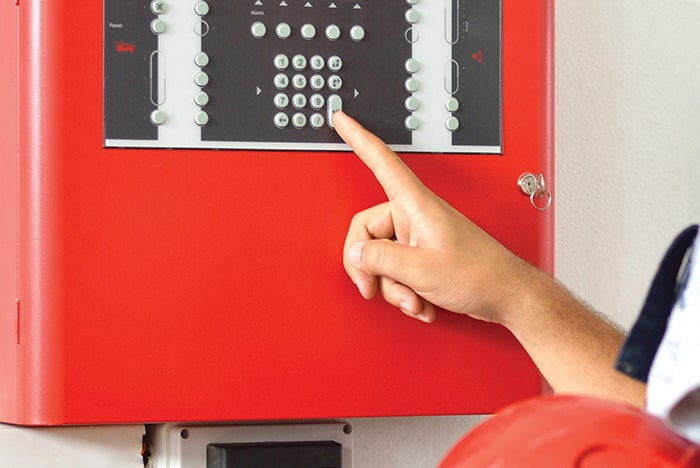Compliance + Operations
Advice for overseeing testing of fire systems on a daily basis
Eight requirements to ensure a smooth process for testing fire safety systems
|
During testing of fire alarm and fire suppression systems, it is important for facility managers to speak with the hospital’s vendor or staff member responsible for performing testing each day.
They should require the following items be provided at the beginning of each testing day:
- A plan for the day.
- Areas to be tested for the day so that end users can be notified.
- Any necessary support for the day.
They also should require the following items at the end of day:
- A list of what was completed, both by type of testing and areas tested.
- A deficiency summary for the day to include if the deficiency was fixed immediately or if it is still open. Facility managers should ask for this in spreadsheet form. The vendor or staff employee should not leave for the day until this is received and reviewed.
- The percent of testing completed. This helps to keep the process on track and maintain compliance.
Finally, facility managers also should require the following items at the end of the testing:
- A complete report should be received no later than five days after completion.
- A final deficiency summary to include a scan identification (if bar coding is used); device type (e.g., battery, smoke detector and strobe); location; model number (optional); address (on fire alarm system); inspector name; deficiency (if applicable); corrective action; repair date; repaired by date; retest date; and pass or fail.
American Society for Health Care Engineering members can access a spreadsheet to record deficiency summaries.





